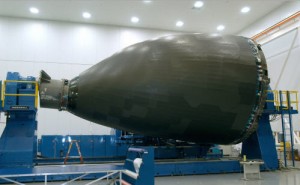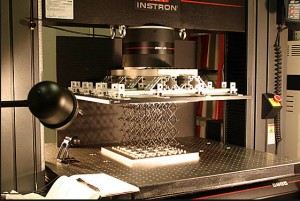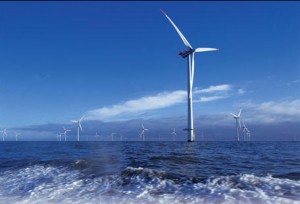Goodwood 73 Members Meeting – 1965 Chevrolet Corvette
/in News/by Geoff RoyA great weekend working with SZ Motorsport after some winter development on the 1965 Chevrolet Corvette. The Car was invited to the 73rd members meeting to contest in arguably the big race of the weekend the Graham Hill Trophy. The race is for pre 1965 GT cars, and the competition would come from iconic cars such as The Shelby Cobra, The Lightweight E type, Iso Grifo / Bizzerine, Maserati Tipo 151/3, Lotus 26R’s, Ferrari GTO’s and SWB’s, and in my view the ultimate front engine GT car the Shelby Daytona Cobra of which 2 were entered.
Read more
Jaguar F-TYPE R Tour de France Support Vehicle
/in News/by Jon PayneFrom Concept to Reality
 Working for and with MCT engineering Leggero Forte has recently undertaken the tooling design and project management of the tooling and metallic components for Sky’s unique Jaguar F TYPE R coupe bike rack for this years’ time trial in the Tour de France.
Working for and with MCT engineering Leggero Forte has recently undertaken the tooling design and project management of the tooling and metallic components for Sky’s unique Jaguar F TYPE R coupe bike rack for this years’ time trial in the Tour de France.
Jaguar Land Rover’s design and styling team had provided the CAD data required, working with MCT this was then modified to aid manufacture and reduce potential assembly issues. Due to the very tight time and budget constraints the manufacture route for the composite parts was from a combination of direct epoxy and aluminium tooling.
The highly styled nature of the requested components did not always favour manufacturing which led to some complicated tooling solutions. As the parts are highly visual hiding any potential splits was a priority in the tooling design.
Composites Take Flight
/in News/by Jon PayneComposites are playing a larger and larger role in aircraft. At Boeing they have gone from a tiny proportion of the planes’ bodies in the late 1960s to
Breaking Through Design Barriers
Saving Money and Saving the Planet
composite tooling techniques leads to parts that fit better at a lower cost. For manufacturers and airlines alike, composites mean savings.
Solar Impulse plane, due to make a dramatic 25 day demonstration flight in 2015, is a solar powered aircraft built from the latest composites and environmentally friendly technologies. It opens up a world of possibilities for low cost, low impact flying in the future.
The Challenges of Composite Aircraft
composite tooling designers will be necessary to reap the benefits that composites can bring.
Boeing in particular have worked hard to show that their composite aircraft can be successfully repaired. Small repairs can be achieved by bonding new layers over damage using heat and epoxy. Spare parts are being developed to bolt over other areas vulnerable to damage. But for larger scale damage custom repair jobs may be needed, requiring repair crews to have a greater understanding of the materials they are working with. Moving towards larger parts, while good for construction and reducing vulnerabilities in the plane, can make repairs harder, as the pieces being replaced are larger than before.
Composites and 3-D Printing – A Challenge to the Industry
/in News/by Jon Paynecarbon fibre printer now on its way. This offers great opportunities for those working with composites, and also great challenges.
Here Comes The Replicator
recently demonstrated at CES can produce confectionary in shapes that are almost impossible using traditional methods. It provides one more tool in the chocolatier’s arsenal, and promises similar developments in other fields.
Bigger is Not Better
Responding To The IP Challenge
Composites Opportunities and the Shanghai Free Trade Zone
/in News/by Jon PayneThe Opportunity of the East
composite tooling design.
The Shanghai Free Trade Zone
The SFTZ and Composites Manufacturing
And Into the Future
Composite Tooling Goes Environmental
/in News/by Jon PayneComposites for a Better Future
better tooling design being a large part of how they will achieve this.
A Better Future for Composites
Environmentalism and Manufacturing Hand in Hand
Search
Contact Us
jon.payne@leggero-forte.com
01252 217156 | 07842 035990




